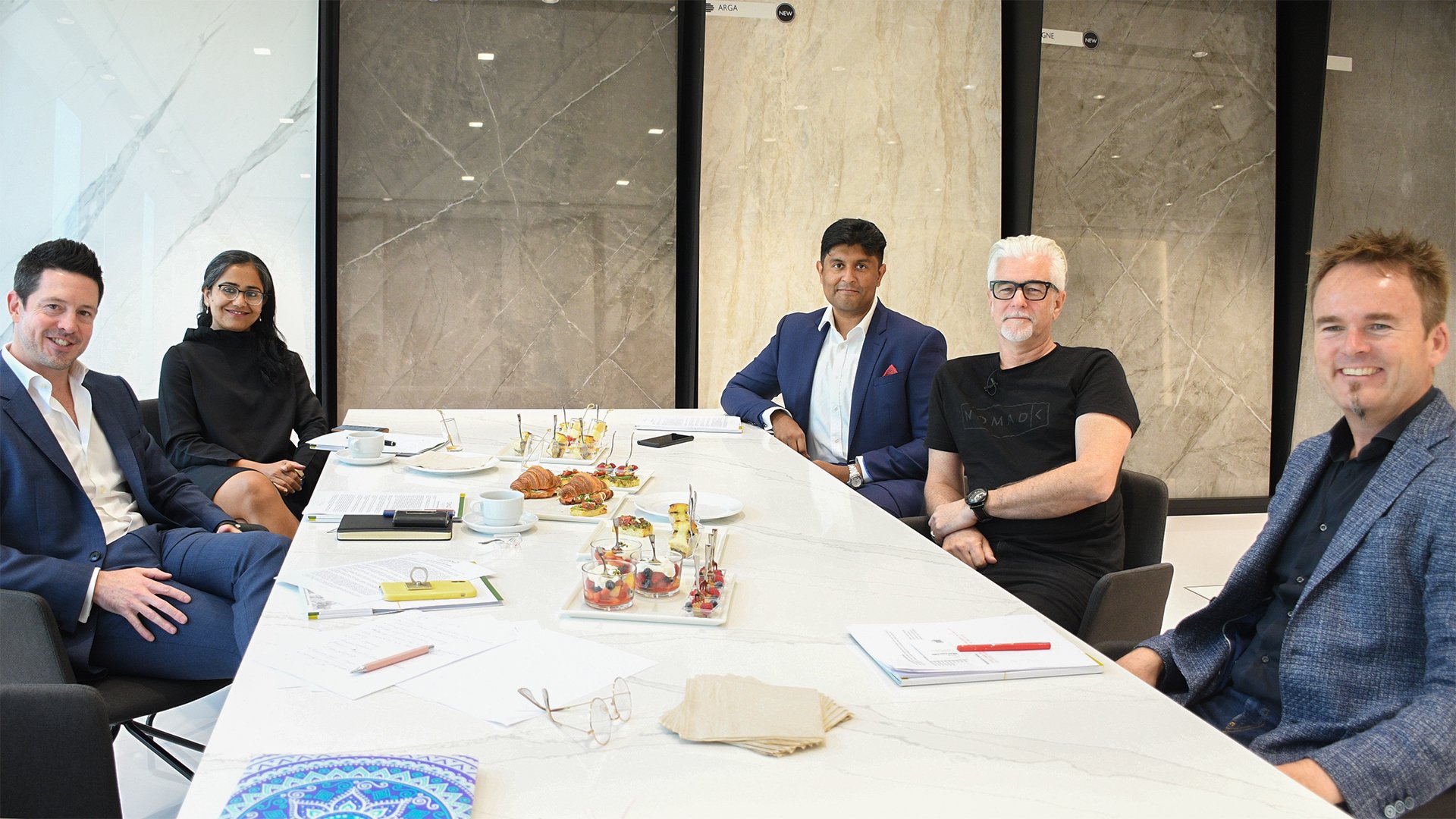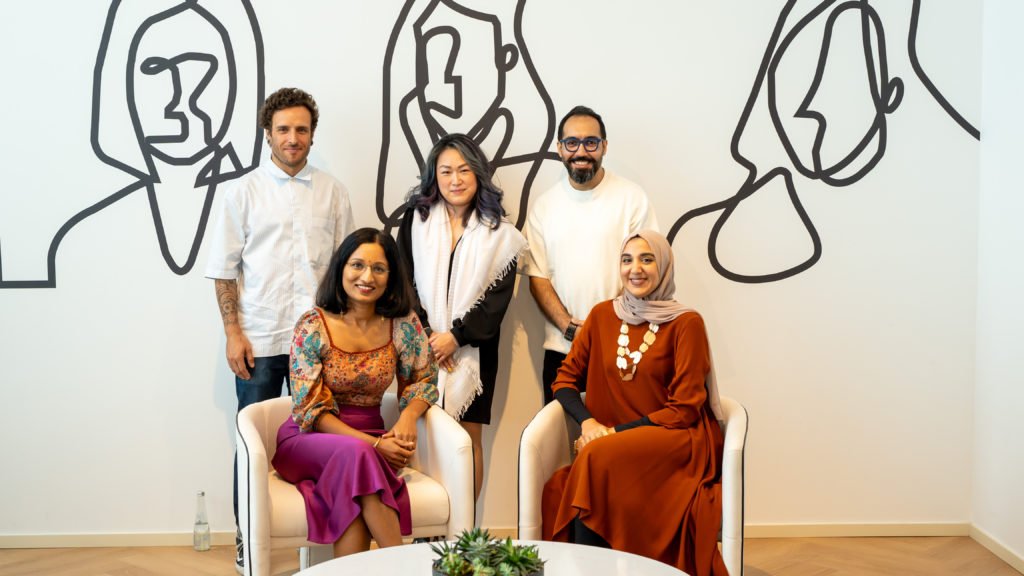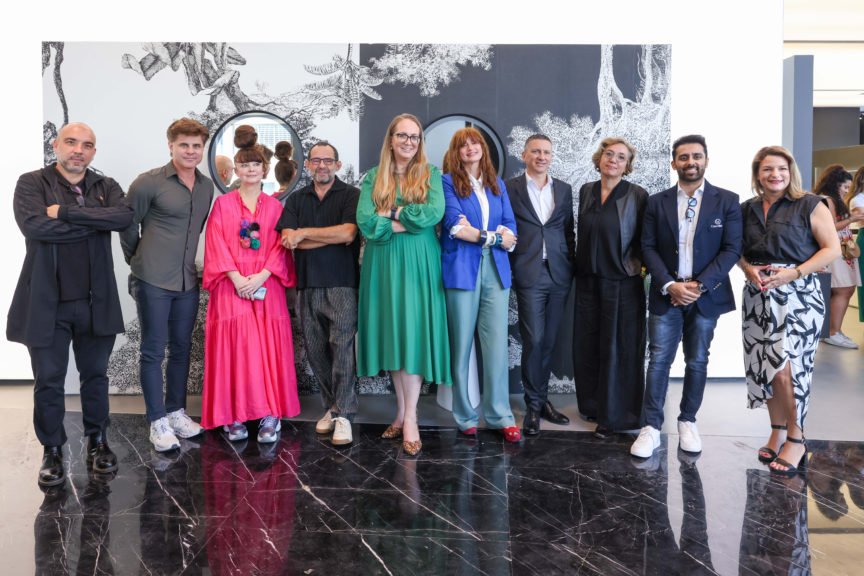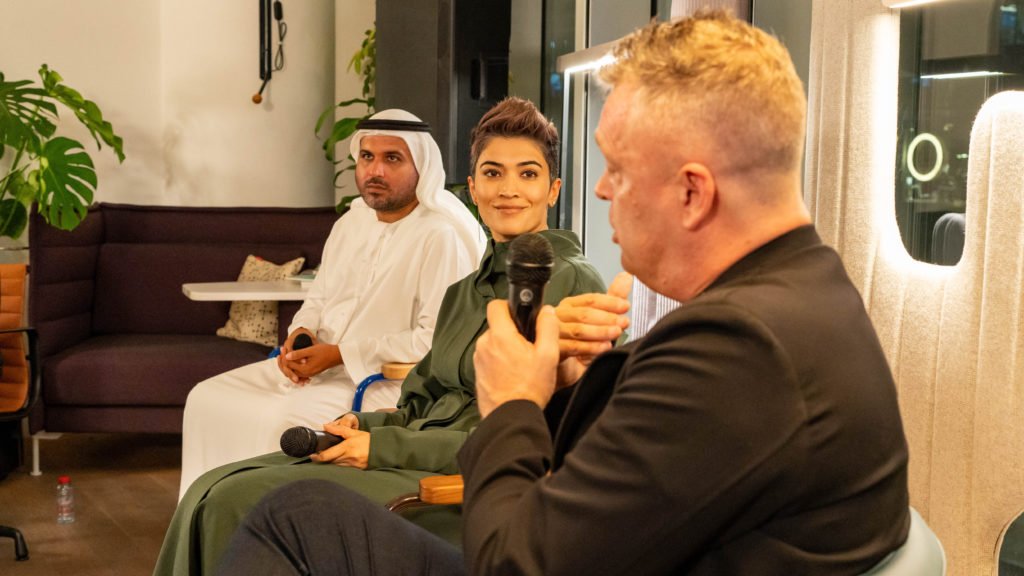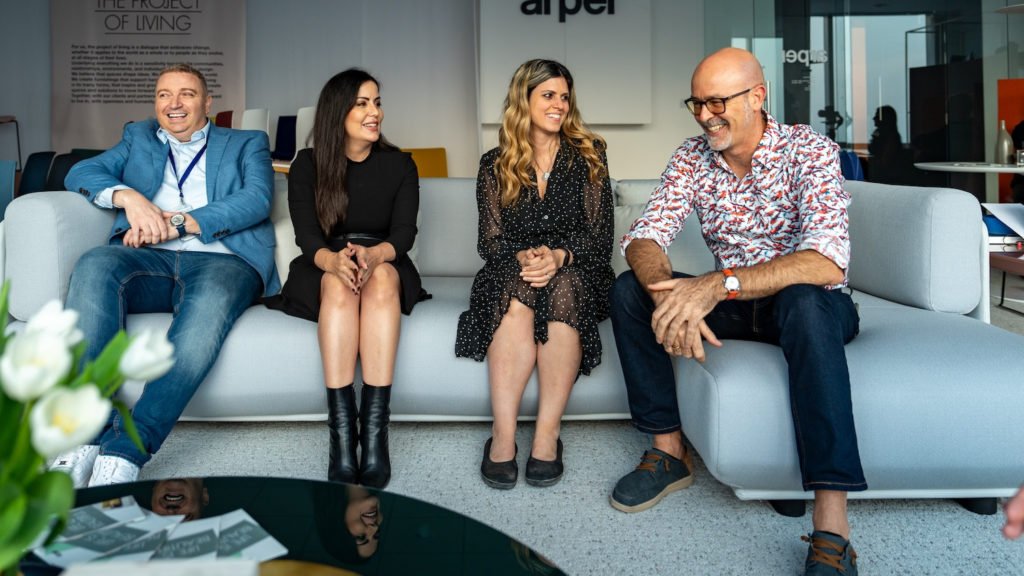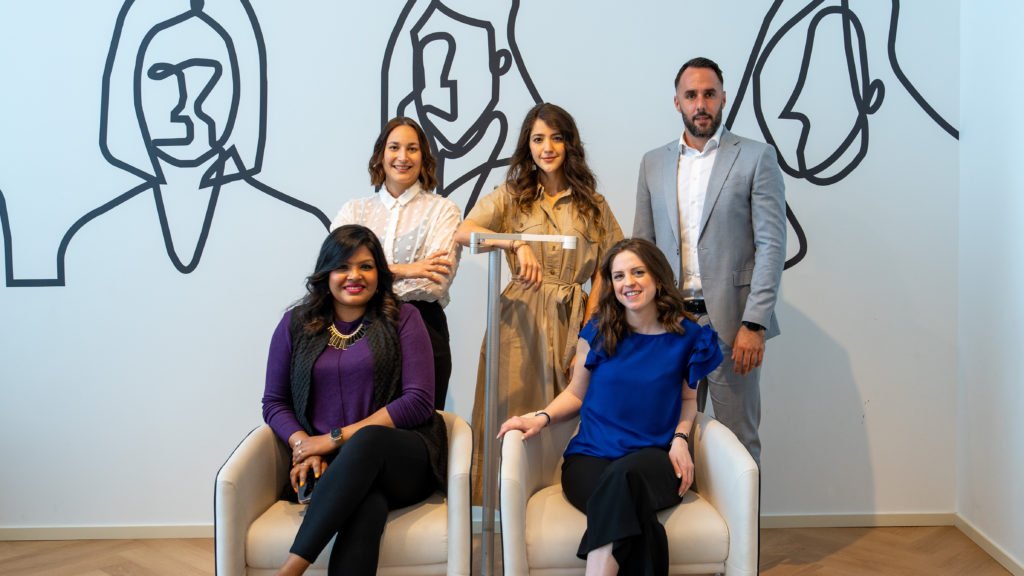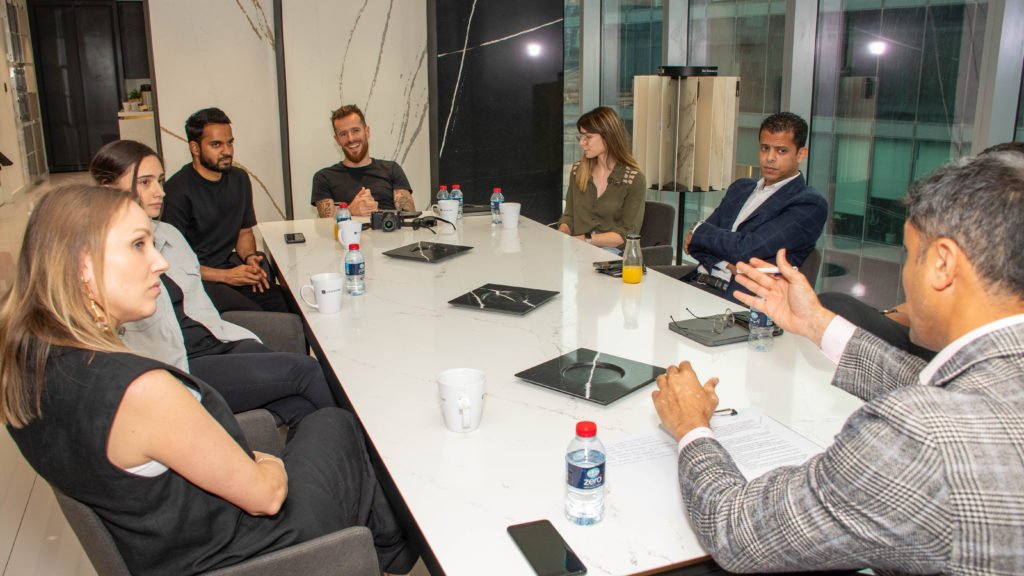Risha adds, “As a client, I would ask myself if my design partners really understand my company. For great design to happen, those conversations and engagement need to take place. Designers need to understand the needs of their client and the organisation they’re designing for, not simply at an aesthetic surface level, but from a cost and functional level. Limiting conversations to a very contractual level and not really collaborating doesn’t help anyone. Co-creation is great but shouldn’t be done for the heck of it.
“Realistically speaking, designers aren’t given a healthy amount of time to work,” says Brett. “The time between receiving the brief, designing, pitching and making changes, are usually short. With timelines like that, you’re not going to get someone’s best work. A lot of that stress can be removed if designers have some basic understanding of what clients want.
Stats will show that designers are paid less today than 15 years ago. The rising cost of living combined with increasing job uncertainty doesn’t help. The work now is more challenging and demands five times the amount of effort as before. However, there are options to make life a little easier. “The only thing that can make our work easier is software,” says Kevin. “We can deliver faster, easier and better than we used to. And there’s potential to do more if we invest a little time to explore options.”
Clients currently shortlist based on a design firm’s past work, i.e a merit-based system. However, that’s superficial to say the least, and not very effective. “Smaller boutique firms have an advantage in this case,” Kevin adds. “They work on smaller projects, wrap them up quicker, and can hence publicise more, making it seem like they’re working more. The larger players working on big developments have to wait years before they can market what they’re doing!”
It’s not easy to simply scout the internet looking for potential bidders, which is still a fairly people-centric process. “Lovethatdesign.com was built to solve the problem of discovery and transparency into the work being produced in the region,” says Ben. “We help potential clients and contractors find designers based on their past work through a fun and captivating system. And we keep it free because we want to level the playing field for everyone. Our goal has always been to democratise this process. Technology has come so far. People just need to buy in, but they don’t want to invest the time and resources.”
There’s a caveat though. “Technology can be a double-edged sword,” he adds. “The tools used should be ones that are well designed and developed specifically for the industry. If not, it’s just bad ROI and a counter-productive effort.”

